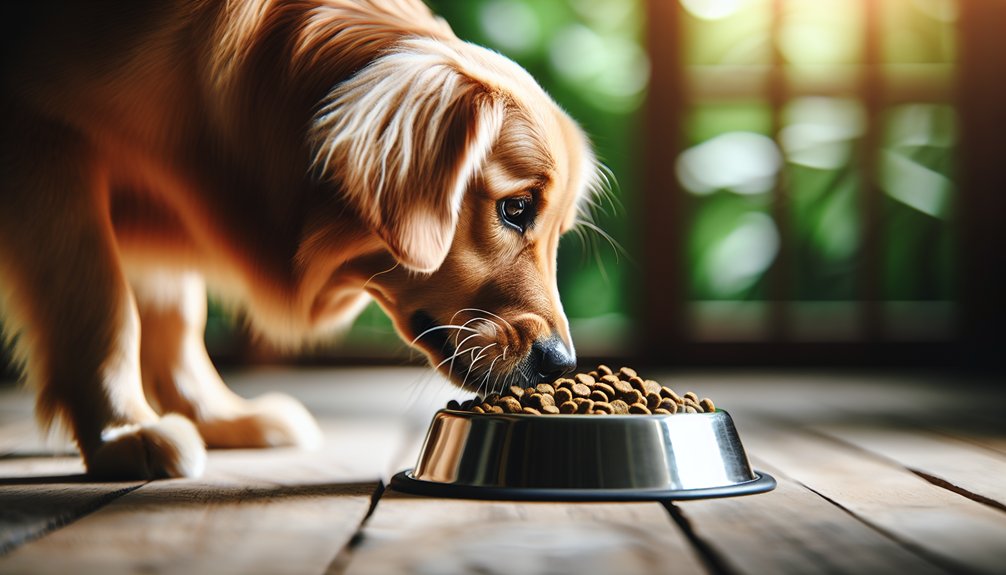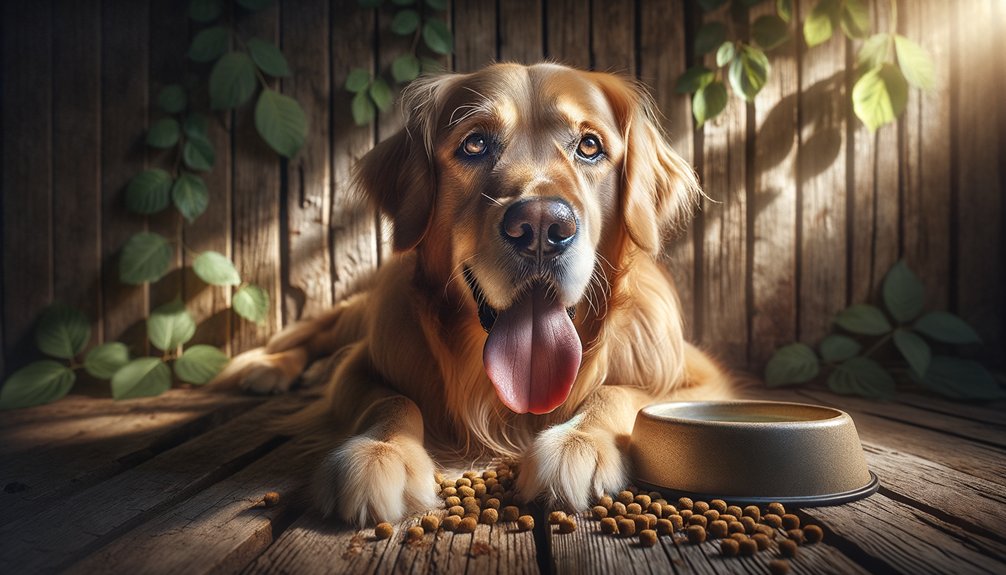Is your dog having trouble with dry food? Adding water or broth can help. Wet kibble is softer and easier to chew. This may help your dog digest food and stay hydrated. But texture isn’t the only thing to think about. You also need to keep an eye on nutrients and safety. Knowing these points will help you choose what’s best. Want to know if wetting kibble is good or bad? Read on for simple tips to keep your dog healthy.
Key Takeaways
- Hydrating dry food softens it, aiding dogs with dental issues or digestive sensitivities.
- Adding water enhances nutrient absorption without diluting essential vitamins and minerals.
- Hydrated food supports hydration and overall health, especially for older or dehydrated dogs.
- Soak only one meal portion at a time and serve fresh to prevent bacterial growth.
- Hydration is optional but beneficial for picky eaters and dogs needing easier digestion.

Dry dog food is handy and easy to store. But you can make it better for your dog by adding water before serving. Wet kibble softens, so your dog can chew and digest it more easily.
This small change can keep meal texture steady. It’s great for older dogs, dogs with dental issues, or pups with sensitive stomachs.
Wetting the kibble does more than change its feel. It helps your dog absorb nutrients better and stay hydrated all day.
Hydration is key to your dog’s health, yet many feeding routines ignore it. Dry kibble has only about 10% moisture, while fresh or raw diets pack in much more water.
By wetting dry food, you add extra water to your dog’s diet. This helps your dog’s kidneys, skin, and coat stay healthy. It also helps control their body temperature.
Moistened kibble gives you the ease of dry food and the benefits of wet food.
Dogs do best on a steady routine. Serving food with the same texture and moisture can stop stomach upsets.
Switching between dry and wet or wet and dry can cause tummy trouble. Wetting kibble each time keeps meals consistent. This supports digestion and cuts the chance of gut issues.
Picky eaters often prefer softer food. The gentle texture makes moistened kibble more appealing.
Many pet owners worry that hydrating dry food might lead to spoilage or bacterial growth if left out too long. To avoid this, you can hydrate the amount your dog will eat in one sitting and discard any leftovers promptly.
Using warm water can speed up the absorption process, and you can even add a splash of low-sodium broth for extra flavor without compromising nutritional balance. These small steps ensure you’re providing a fresh, safe meal while maximizing hydration benefits.
You might wonder if hydrating kibble affects calorie content or nutrient balance. The good news is that adding water doesn’t dilute the essential nutrients in the food; it simply changes the physical state.
Your dog still receives the same vitamins, minerals, and proteins, but in a more digestible form. If you’re concerned about portion sizes, you can measure dry food before soaking to keep feeding consistent and avoid overfeeding.
Ultimately, deciding whether to hydrate your dog’s dry food depends on your dog’s specific needs. If you notice signs of dehydration, dental discomfort, or digestive sensitivity, giving kibble a little water can make a world of difference.



